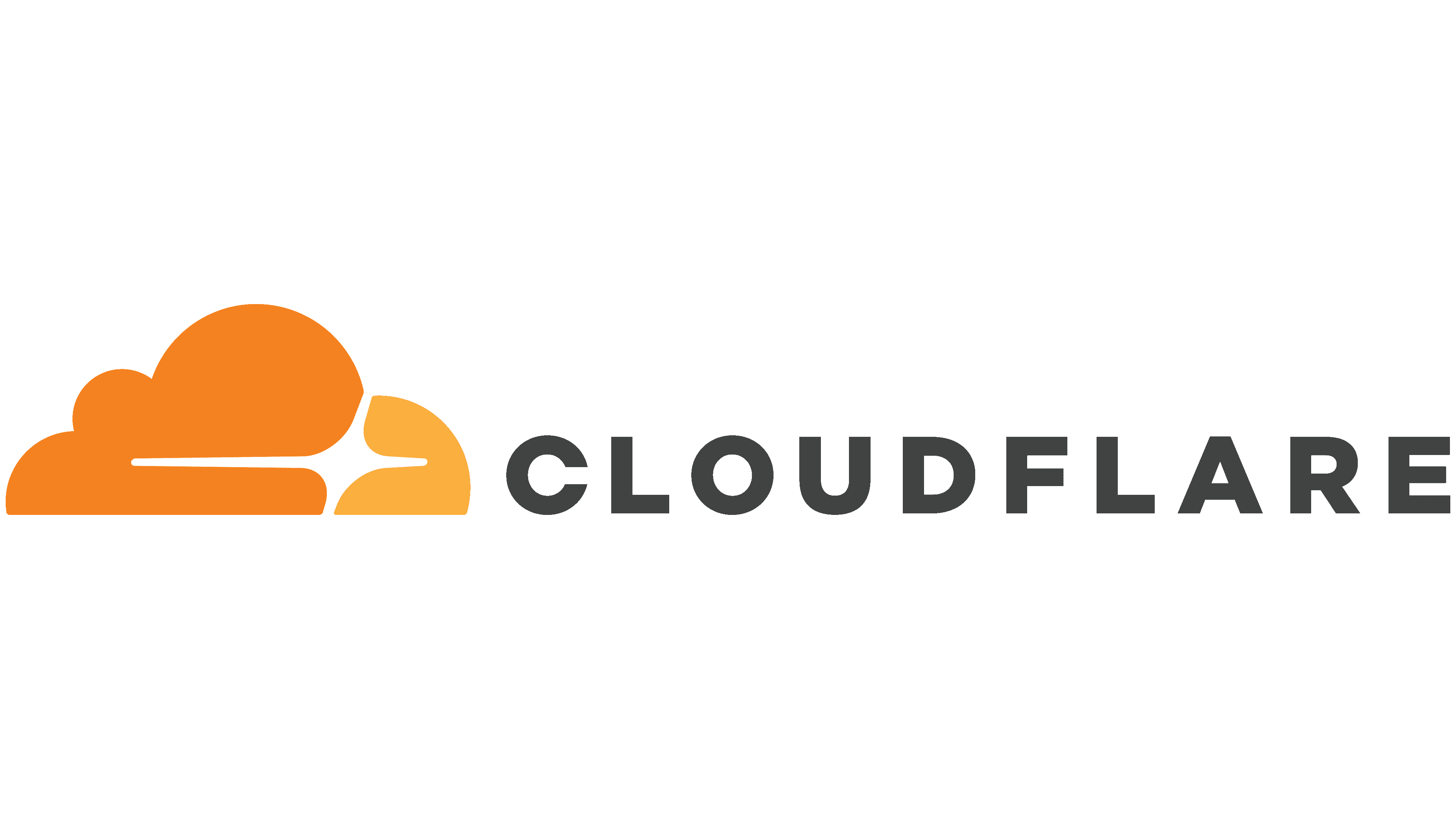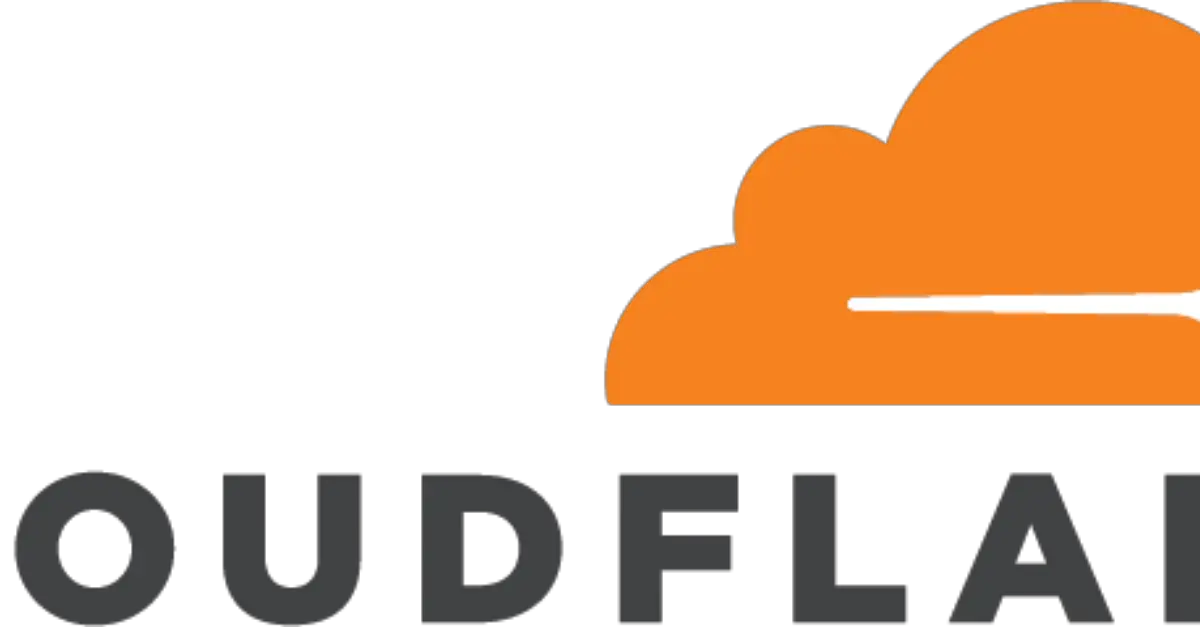Cloudflare’s Strategies for Combating DDoS Attacks

Cloudflare is a global cloud-based content delivery and security provider that offers a range of services to protect websites and online applications from DDoS attacks. Cloudflare’s approach to DDoS mitigation is based on a combination of hardware, software, and network-based technologies that work together to detect, mitigate, and block DDoS attacks in real-time.

Cloudflare’s DDoS mitigation strategy is based on the following key principles:

- Distributed network: Cloudflare operates a globally distributed network of servers that are used to cache and deliver content to users around the world. This distributed network allows Cloudflare to absorb and mitigate DDoS attacks by redirecting traffic to unaffected servers.
- Anycast routing: Cloudflare uses anycast routing to ensure that traffic is always routed to the nearest available server. This helps to reduce latency and improve performance, and also makes it more difficult for attackers to target specific servers.
- Web Application Firewall (WAF): Cloudflare’s WAF is a cloud-based firewall that protects websites and online applications from a wide range of web-based attacks, including DDoS attacks. The WAF uses a set of rules to identify and block malicious traffic, and can be customized to meet the specific needs of each website or application.
- Rate limiting: Cloudflare uses rate limiting to limit the number of requests that can be made to a website or application. This can help to prevent DDoS attacks by overwhelming the target with a large number of requests.
- Challenge-response systems: Cloudflare uses a variety of challenge-response systems to identify and block automated attacks. These systems require users to complete a challenge, such as solving a CAPTCHA, before they can access a website or application.
Cloudflare’s DDoS mitigation strategy is constantly evolving to keep up with the latest threats. Cloudflare also works closely with law enforcement and other security organizations to share intelligence and best practices for combating DDoS attacks.## Cloudflare’s Strategies For Combating DDoS Attacks ##
Executive Summary
DDoS attacks (Distributed Denial of Service) are an important concern for organizations of all sizes. DDoS attacks can disrupt website and online service availability, leading to financial losses and reputational damage. This article provides insights into Cloudflare’s effective strategies for mitigating DDoS attacks and enhancing online operations.
Introduction
As internet usage continues to expand and online applications become indispensable, the threat of malicious DDoS attacks looms. To safeguard its clients’ online infrastructure and assure uninterrupted access to web services, Cloudflare has developed and implemented a comprehensive suite of DDoS mitigation strategies.
Frequently Asked Questions (FAQs)
Q1. What is a DDoS attack?
A1. A DDoS attack involves flooding a target’s server or network with overwhelming traffic from a network of compromised computers (botnets) simultaneously, causing severe congestion and service disruption.
Q2. Why are DDoS attacks executed?
A2. DDoS attacks can be motivated by various factors, such as disruption for extortion purposes, revenge, hacking, or political activism.
Q3. How can organizations protect themselves from DDoS attacks?
A3. Implementing effective DDoS mitigation strategies and partnering with specialized providers like Cloudflare are critical steps organizations can take to safeguard their online presence and mitigate the impacts of DDoS attacks.
Cloudflare’s Key DDoS Mitigation Strategies
1. Network Architecture and Capacity
- Cloudflare operates a globally distributed network with extensive capacity to absorb and disperse attack traffic across its numerous data centers.
- Its Anycast network architecture directs traffic to the nearest data center, reducing latency and improving resilience against distributed attacks.
2. Intelligent Traffic Filtering
- Cloudflare’s intelligent algorithms analyze traffic patterns and behavior to identify and block malicious DDoS traffic in real-time.
- Machine learning algorithms continuously adapt and evolve, continually refining detection and mitigation capabilities.
3. Rate Limiting and Access Control
- Cloudflare employs rate limiting mechanisms to control the volume of traffic received, preventing DDoS attacks from overwhelming a target’s infrastructure.
- Access control measures restrict access to critical resources and functionalities, preventing unauthorized or malicious access.
4. DNS Protection
- Cloudflare’s DNS protection services safeguard domain name systems from DNS hijacking, preventing attackers from redirecting traffic to malicious destinations.
- DNSSEC (Domain Name System Security Extensions) ensures the authenticity and integrity of DNS data, bolstering the security of online operations.
5. Web Application Firewall (WAF)
- Cloudflare’s WAF inspects and filters incoming web traffic at the application layer, blocking malicious HTTP requests and SQL injections.
- Custom rules and automated threat intelligence updates enable real-time protection against a wide range of web application vulnerabilities.
Conclusion
Cloudflare’s comprehensive DDoS mitigation strategies provide reliable and effective protection for organizations against the evolving threat landscape. By leveraging an extensive global network, advanced traffic filtering technologies, and specialized expertise, Cloudflare helps businesses maintain uninterrupted online operations and safeguard their online presence in the face of malicious DDoS attacks.
Keyword Tags
- DDoS mitigation
- Cloudflare
- DDoS attacks
- Website security
- Network protection
